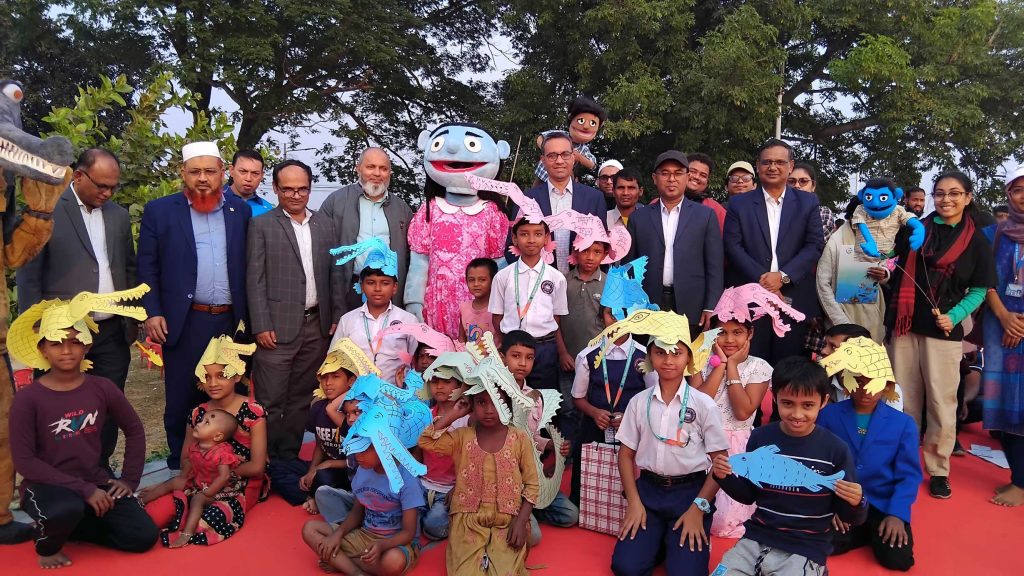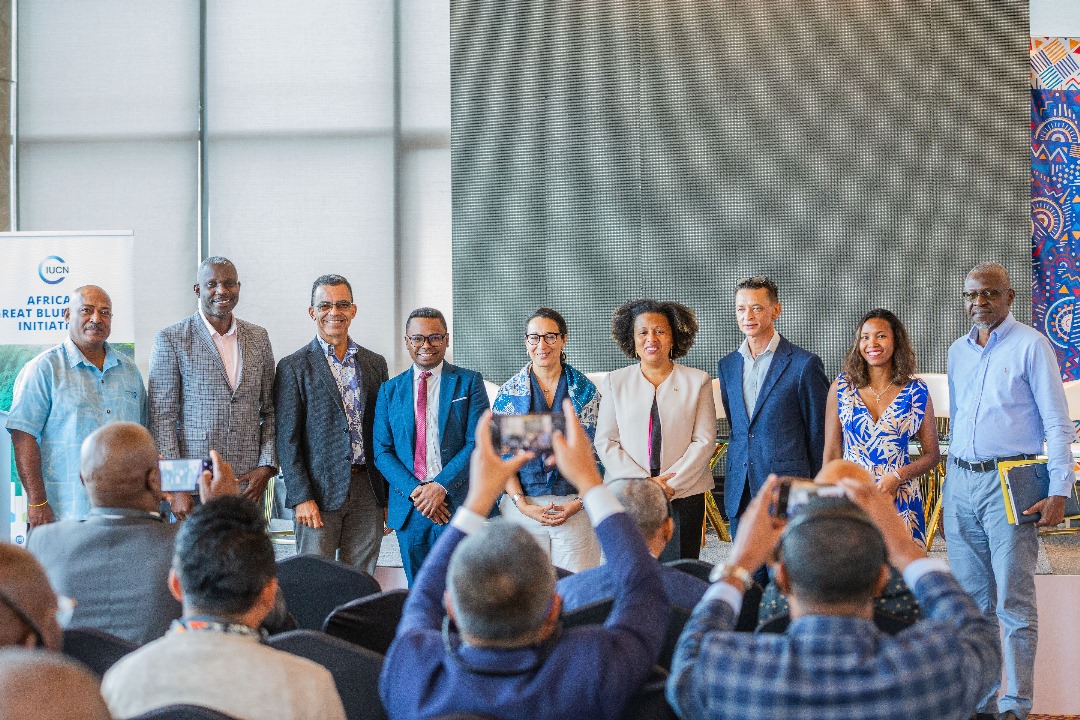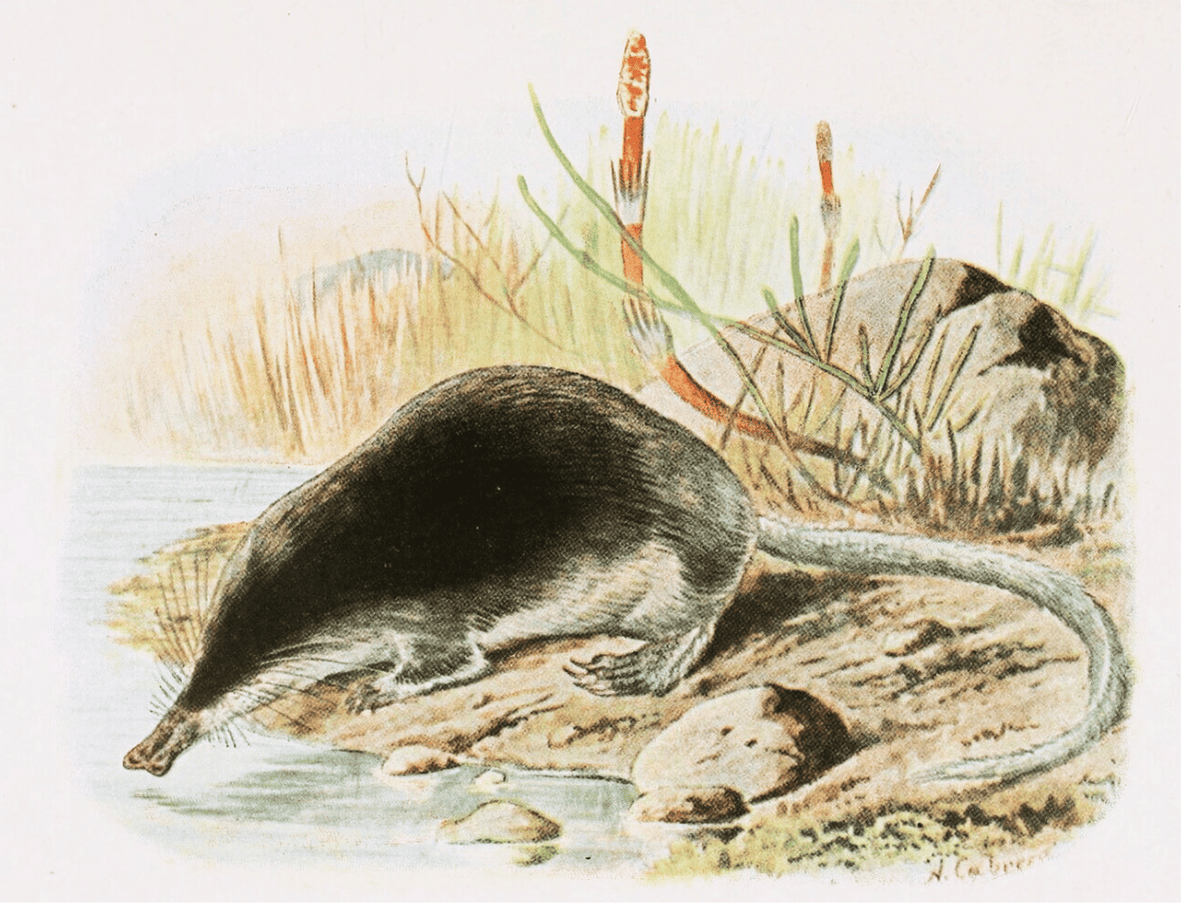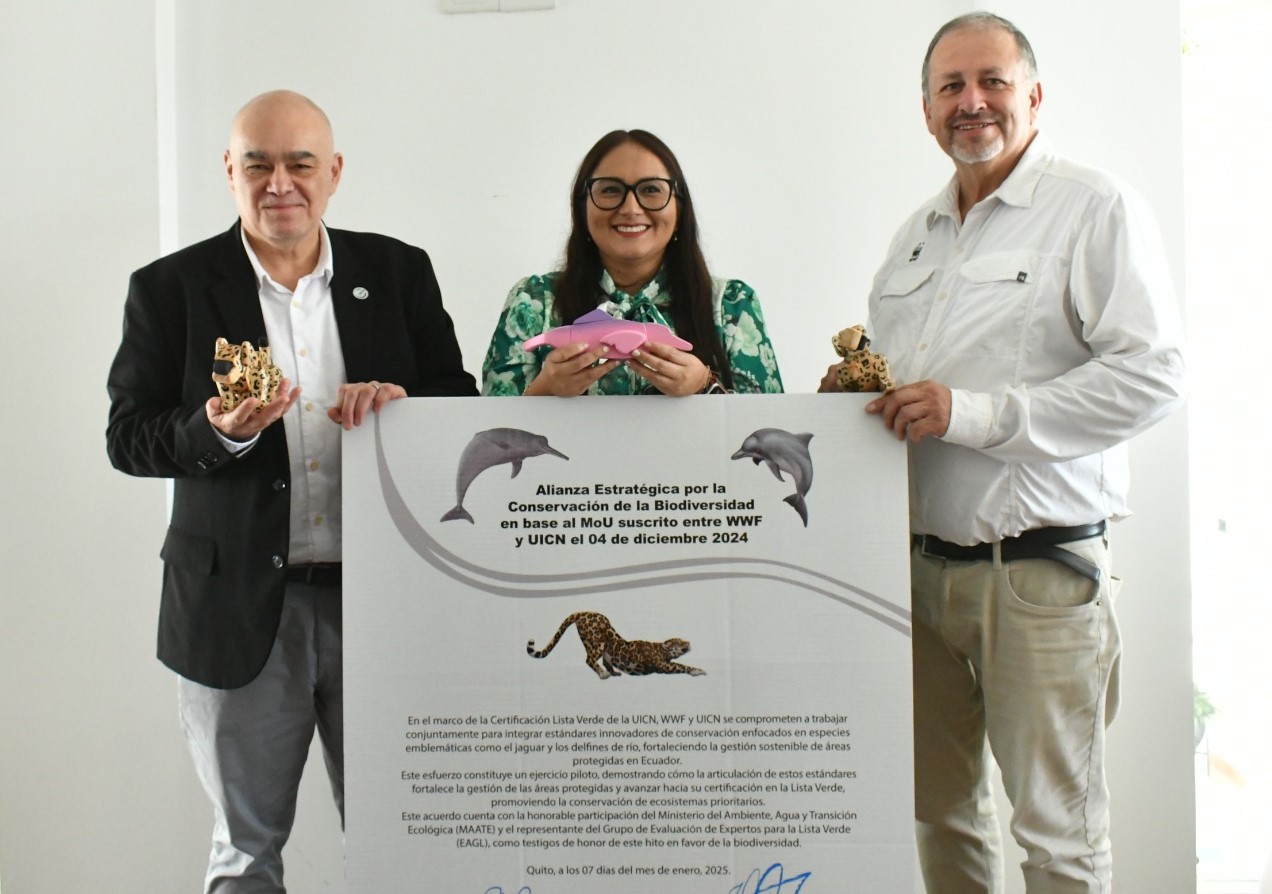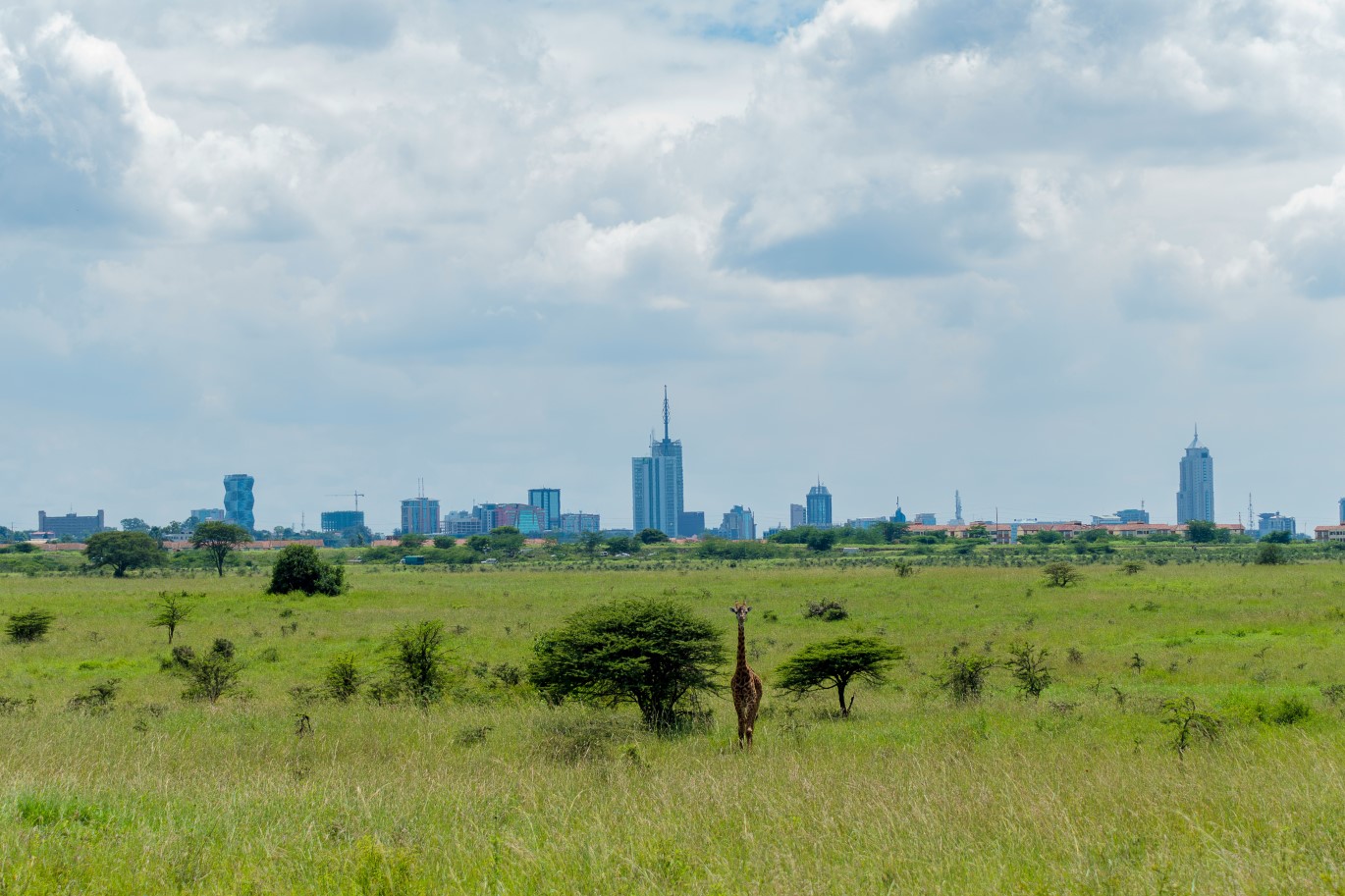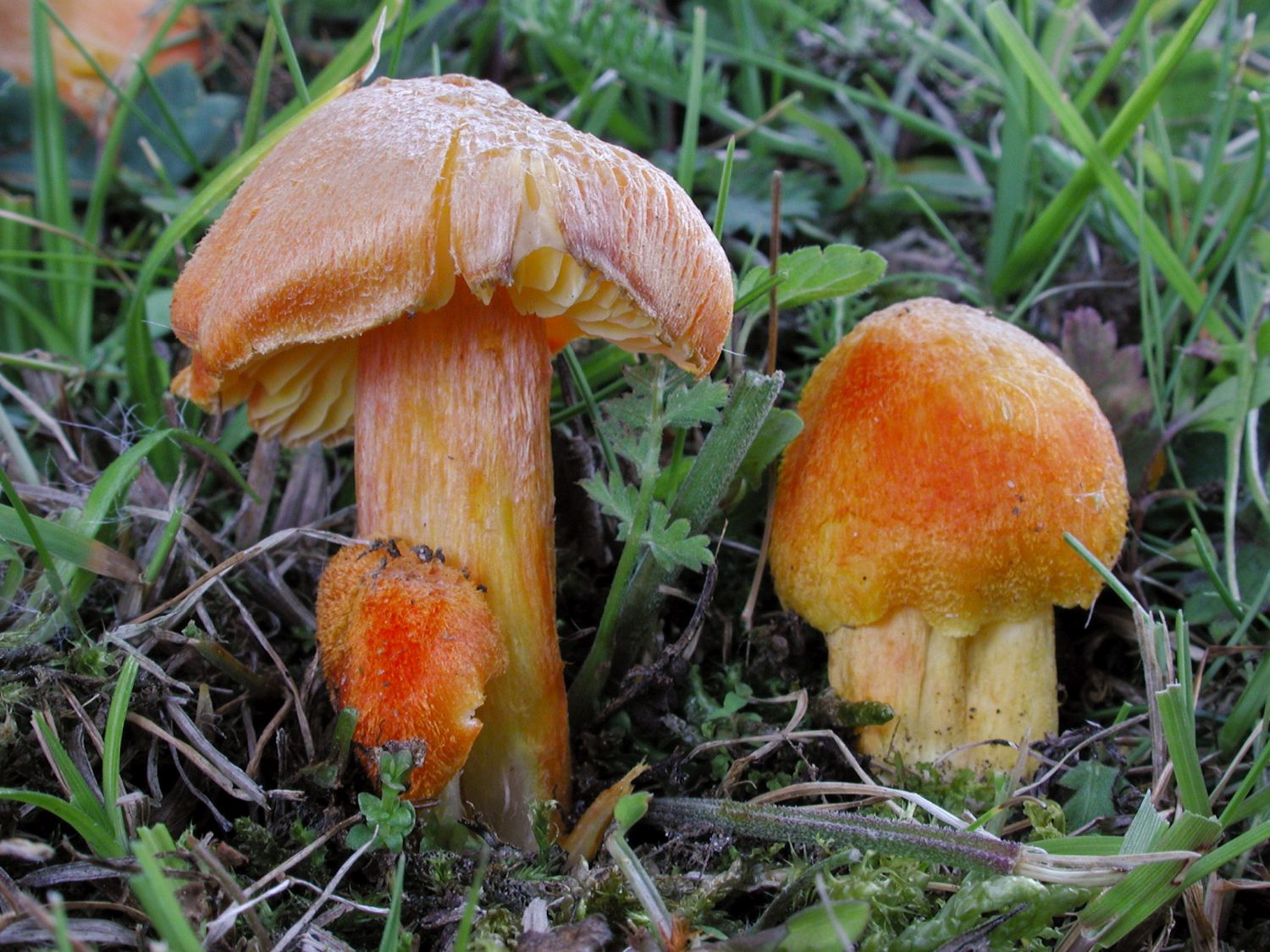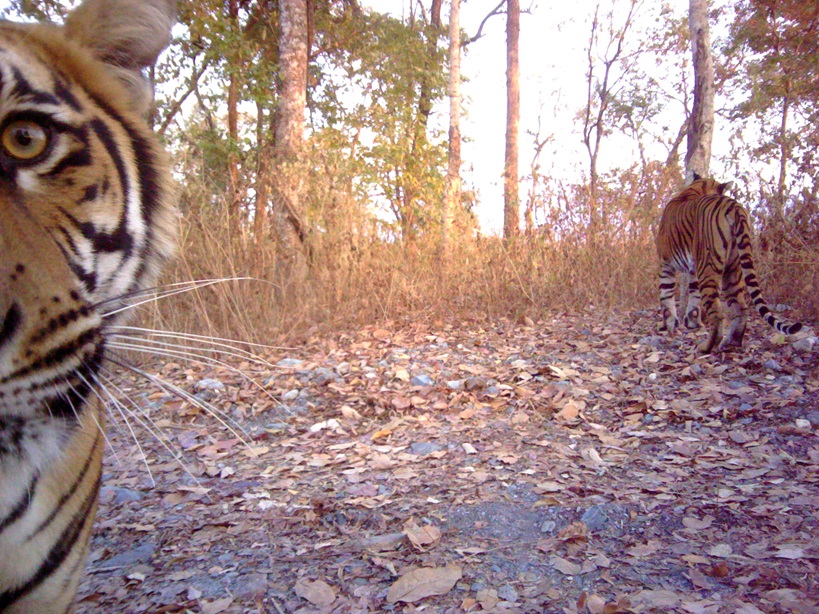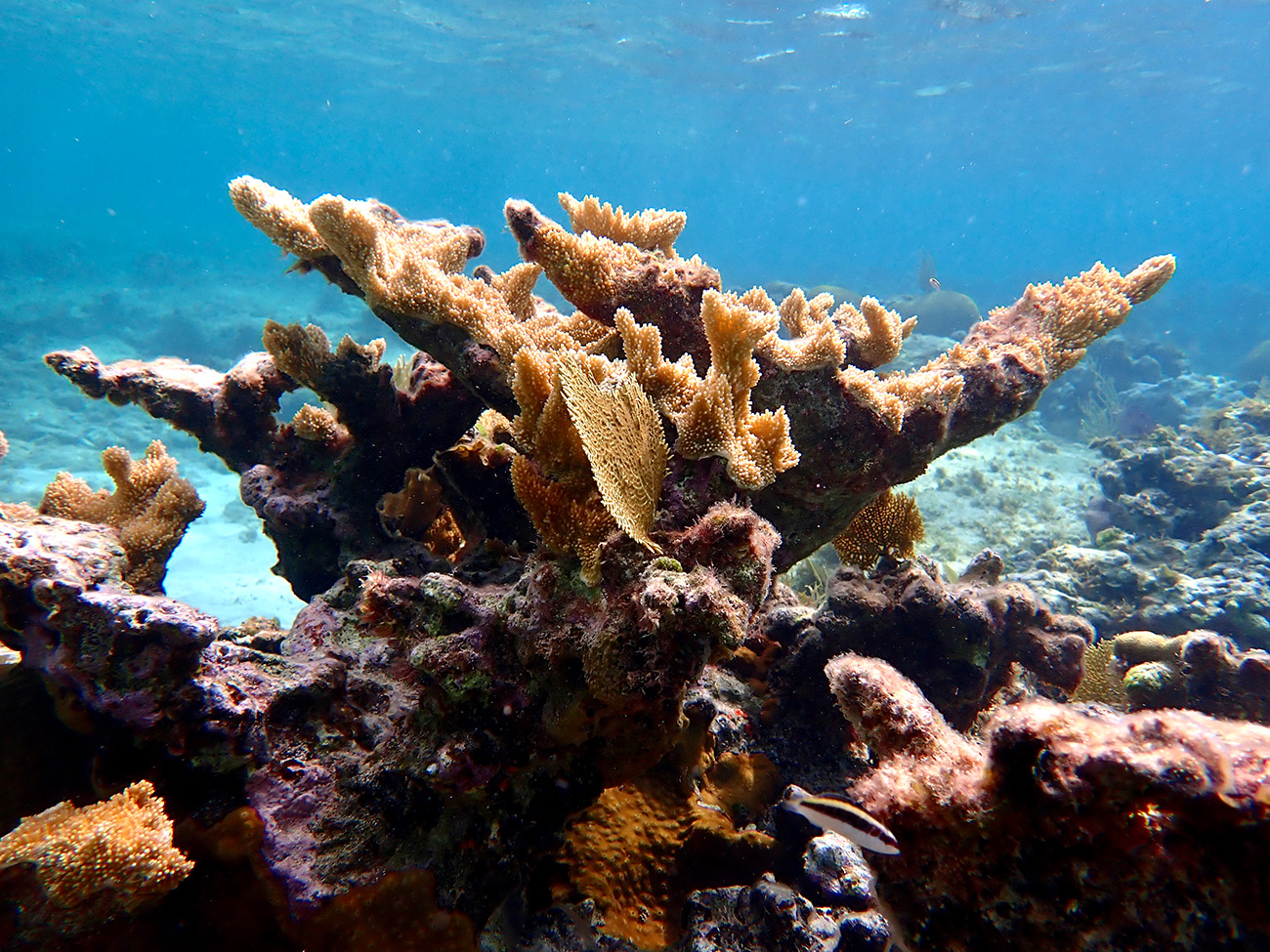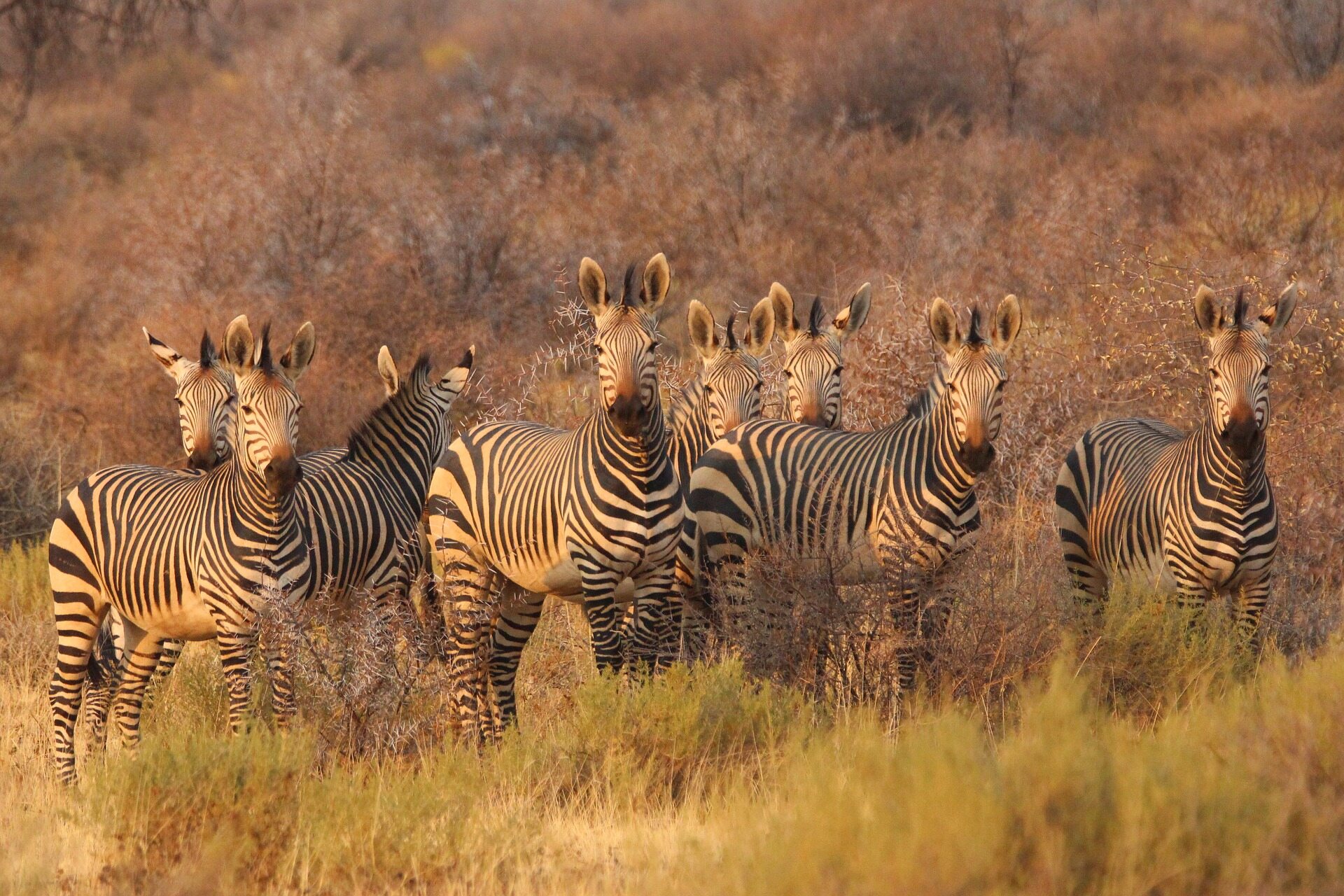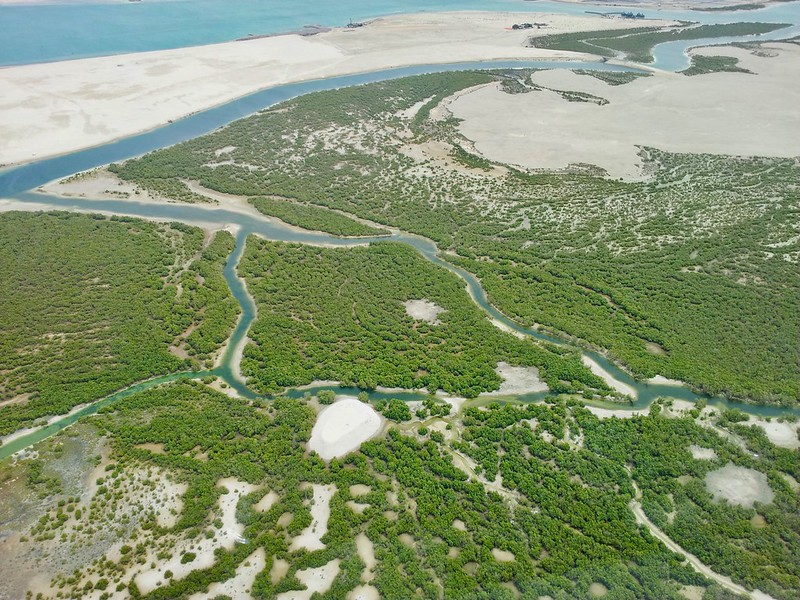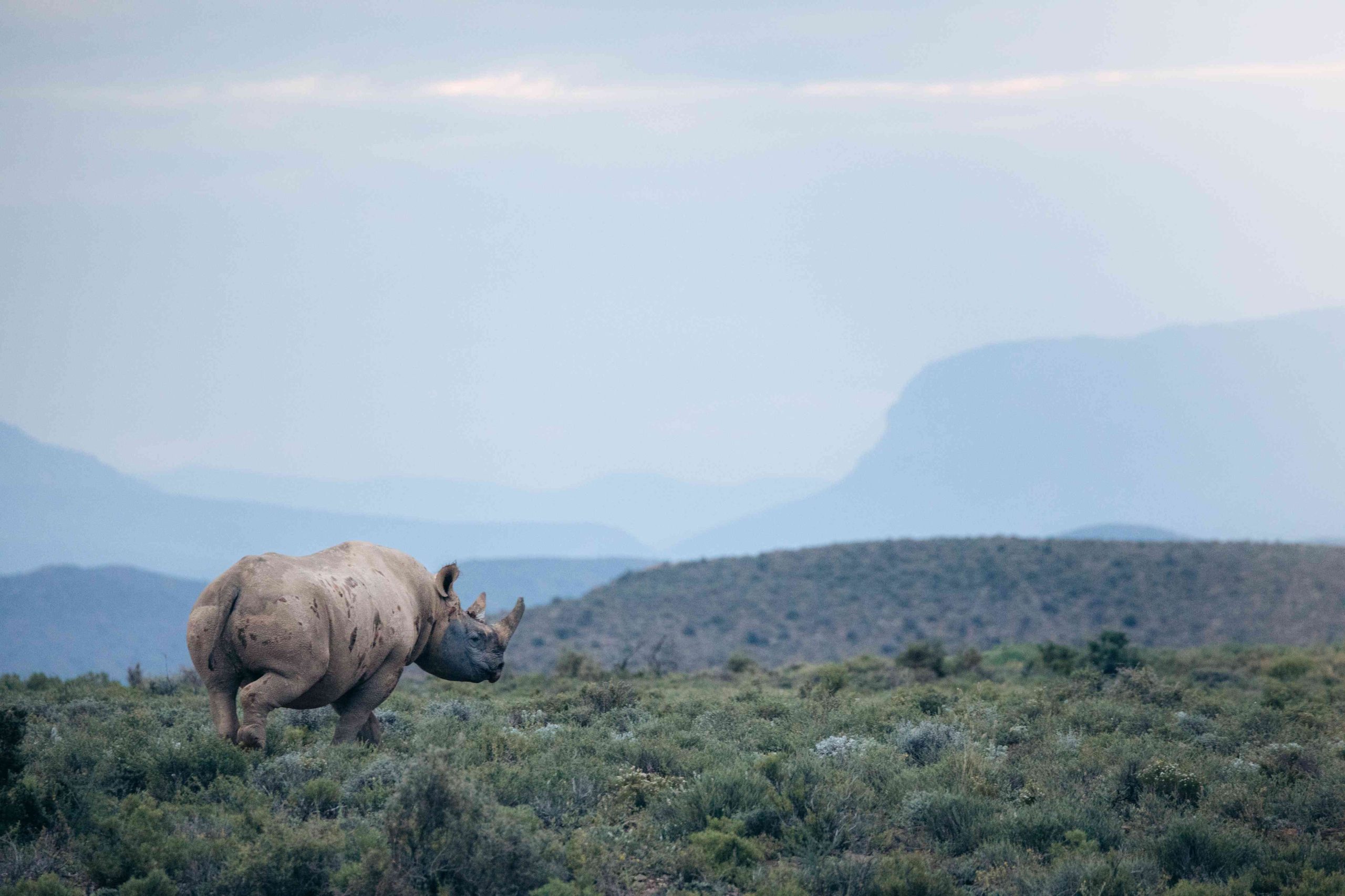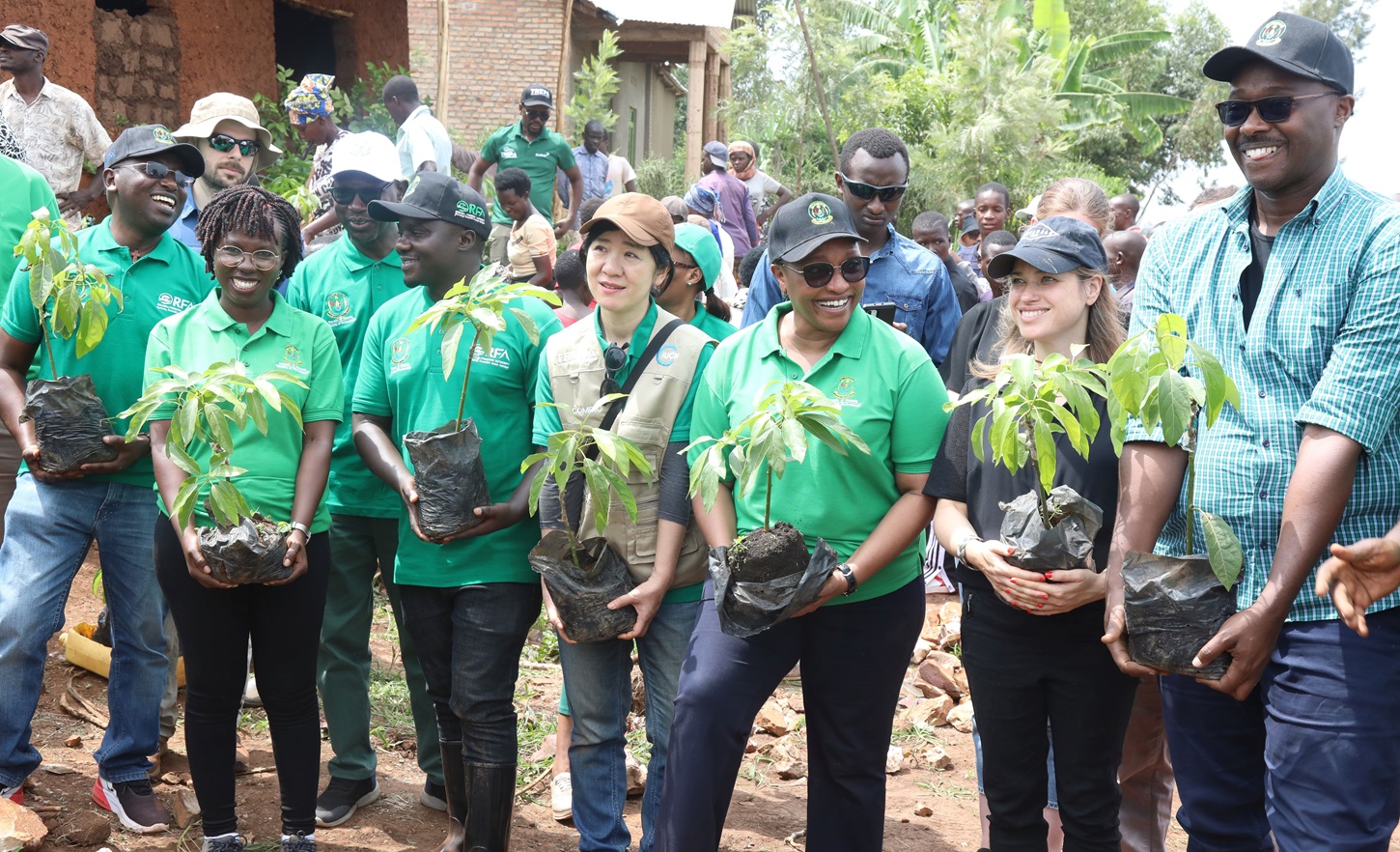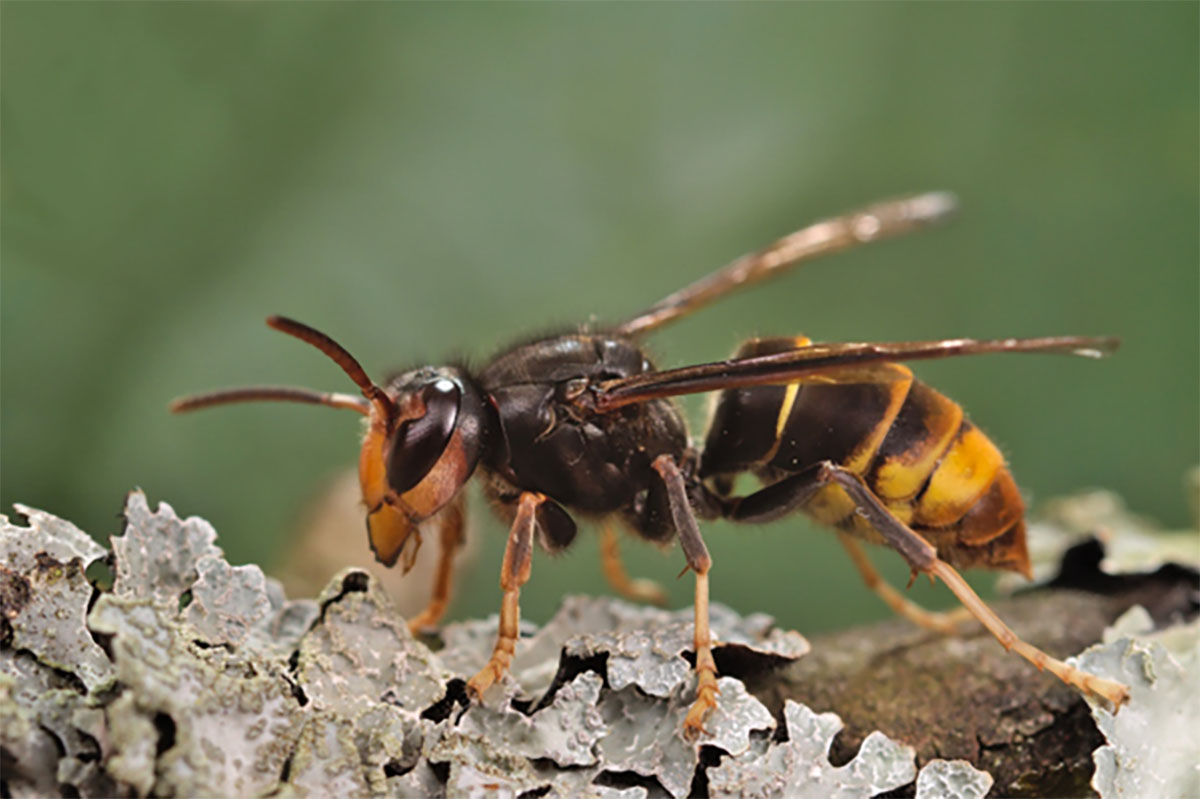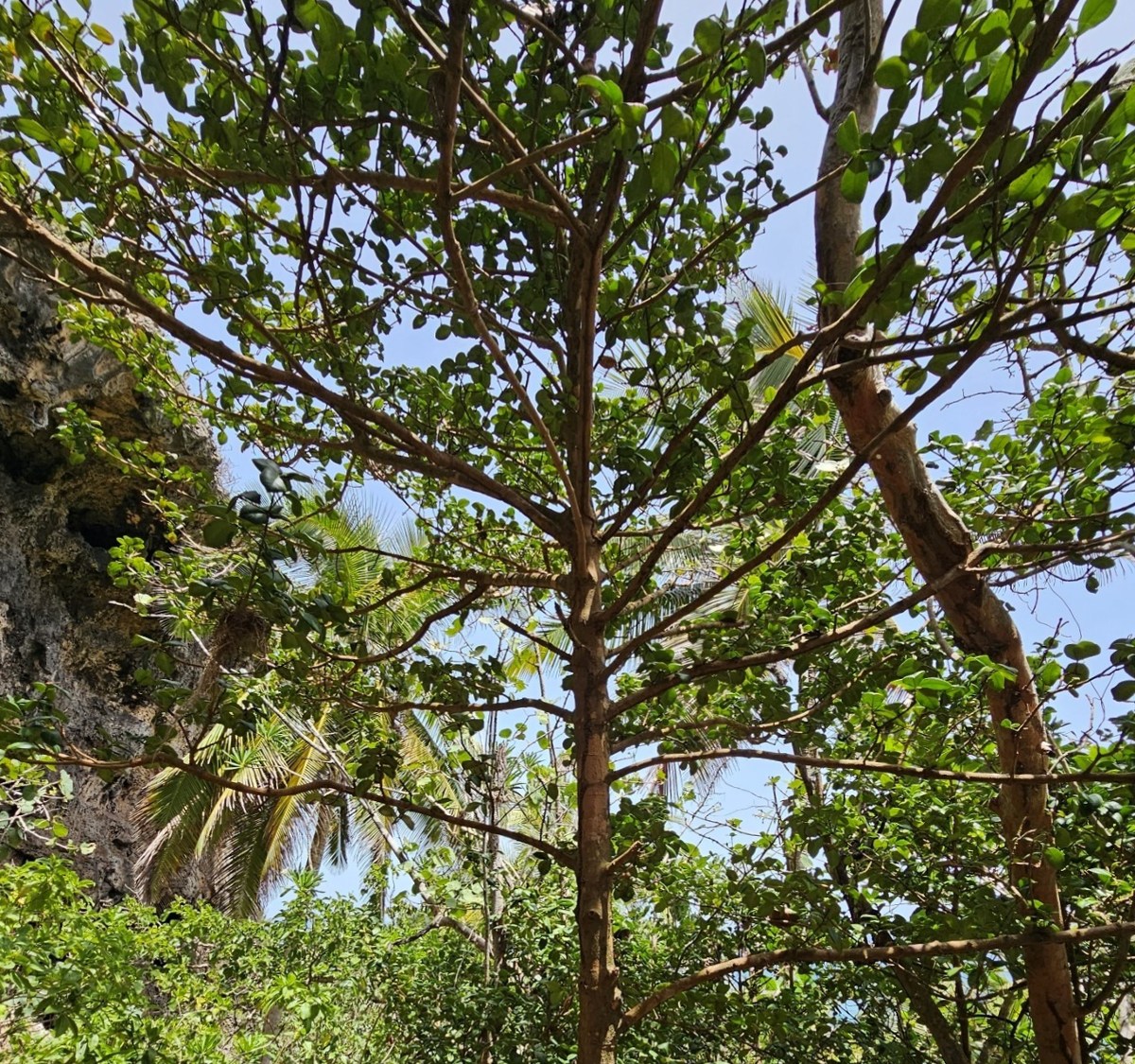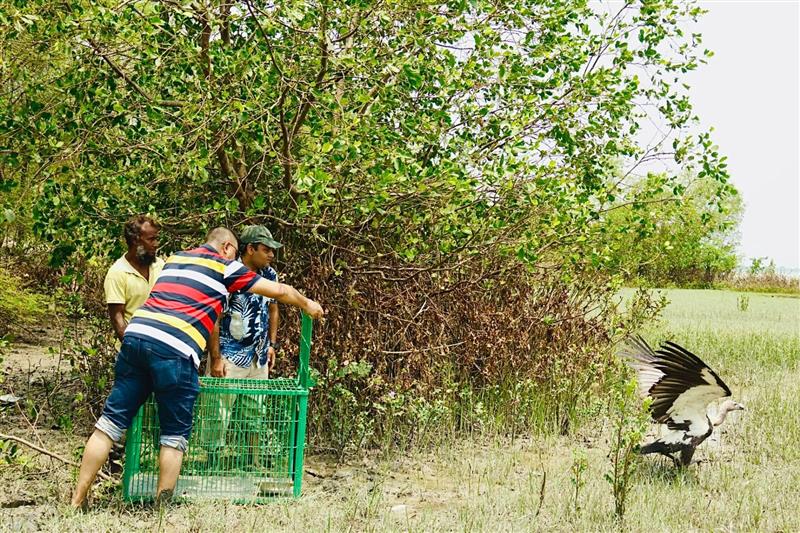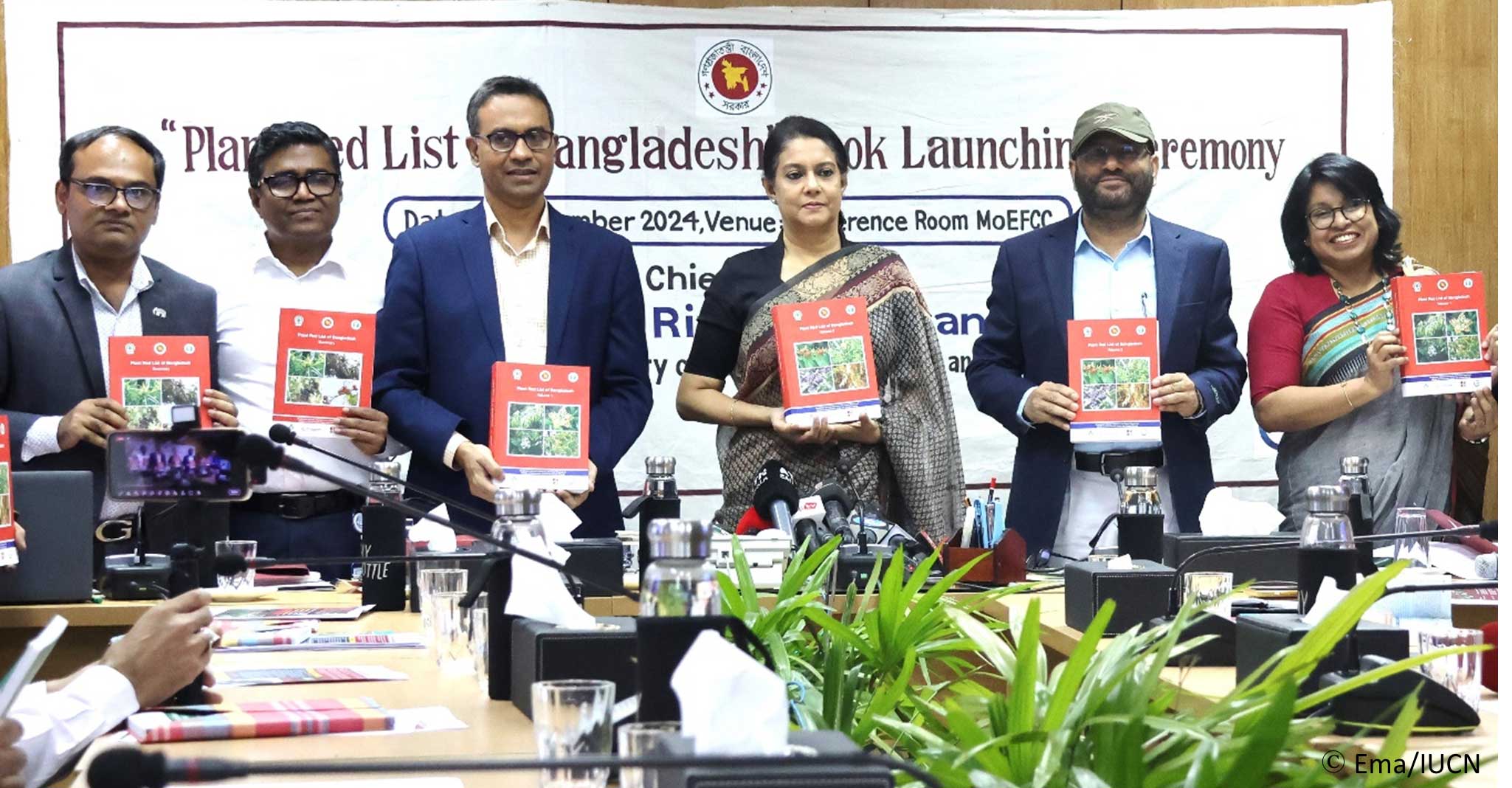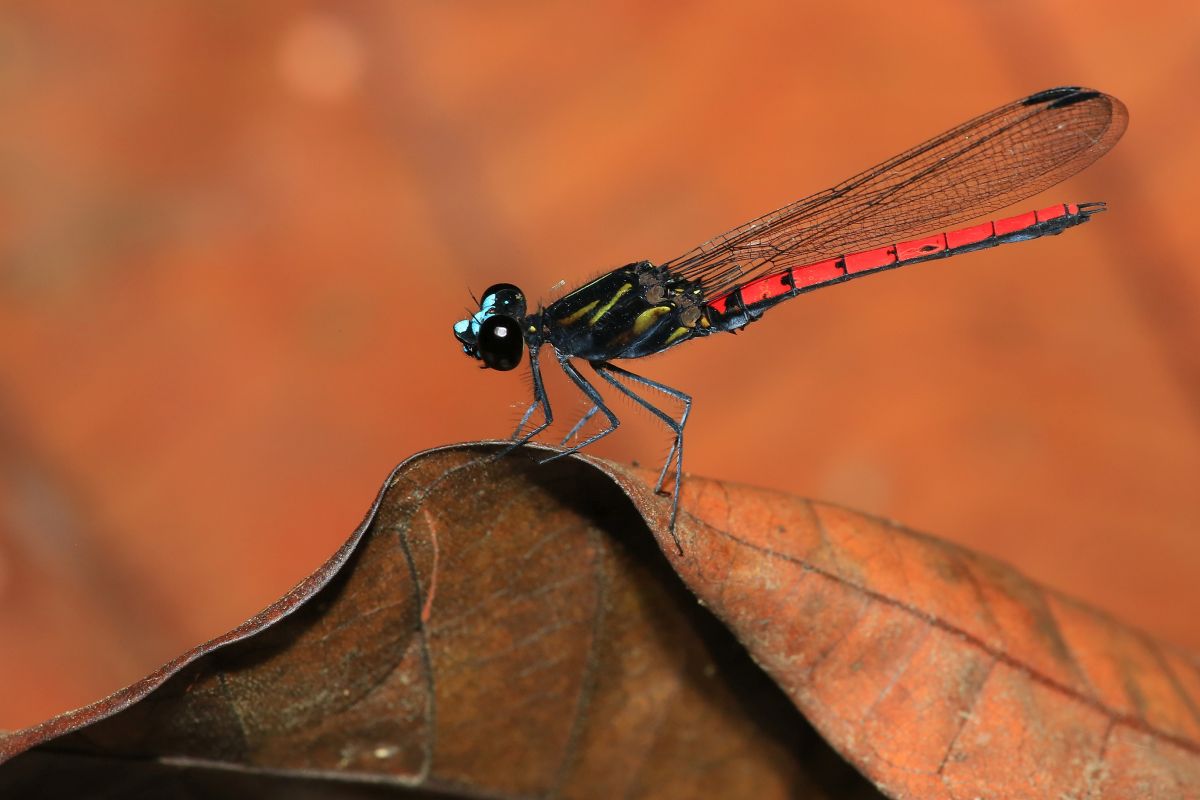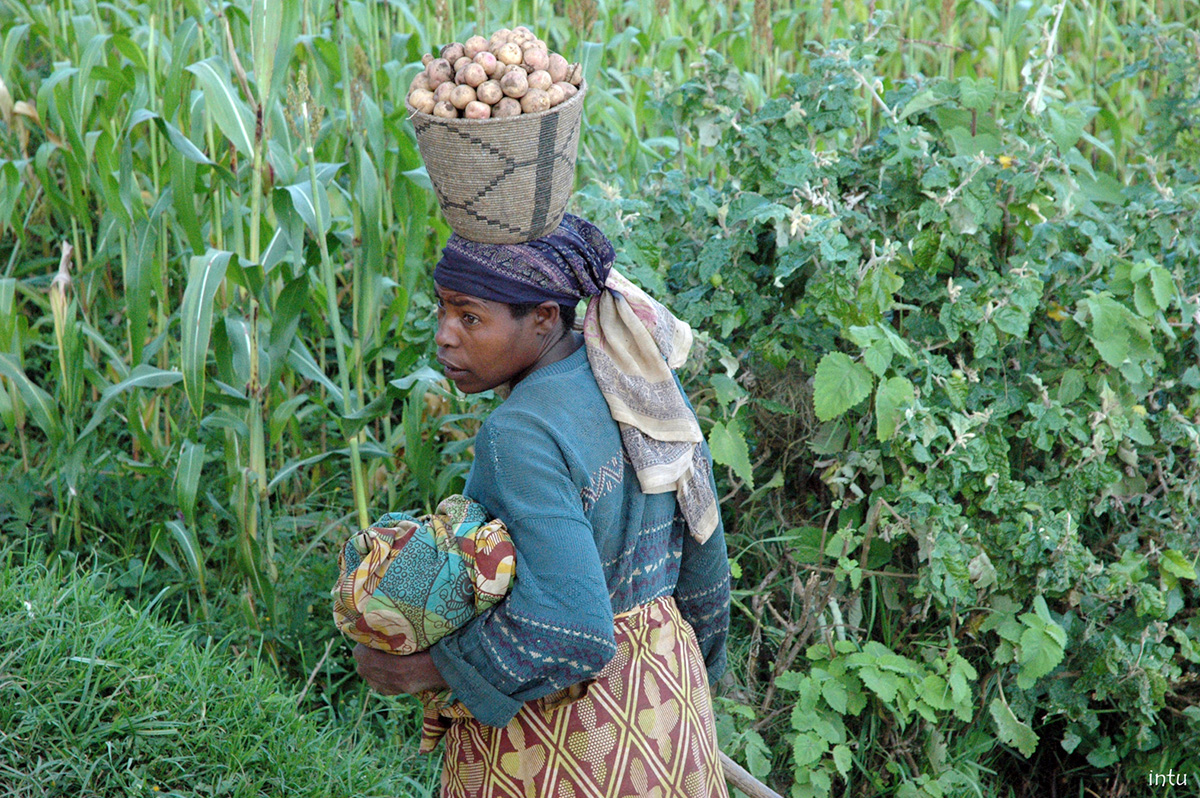The EDGE of Existence programme was the first global conservation initiative to focus specifically on threatened species that represent a significant amount of unique evolutionary history.
Using a scientific framework to identify the world’s most Evolutionarily Distinct and Globally Endangered (EDGE) species, the EDGE of Existence programme highlights and protects some of the most unique, extraordinary, and overlooked species on the planet. EDGE species have few close relatives on the Tree of Life and are often extremely unusual in the way they look, live and behave, as well as in their genetic makeup. They represent a unique and irreplaceable part of the world’s natural heritage, yet an alarming proportion are on the verge of extinction.
To safeguard these species, we are committed to supporting, strengthening, and diversifying conservation leadership in critical regions. The EDGE Fellowship exemplifies this commitment. It is a 28-month fellowship for local early-career conservationists from lower- and middle-income countries. We equip these emerging leaders—EDGE Fellows—with the knowledge, skills, and opportunities required to advance their careers and spearhead effective conservation efforts for the world’s most unique and extraordinary species.
The extinction of species is a call to action for all of us, and we stand ready to answer that call and contribute to a healthier and vibrant planet for all species.
